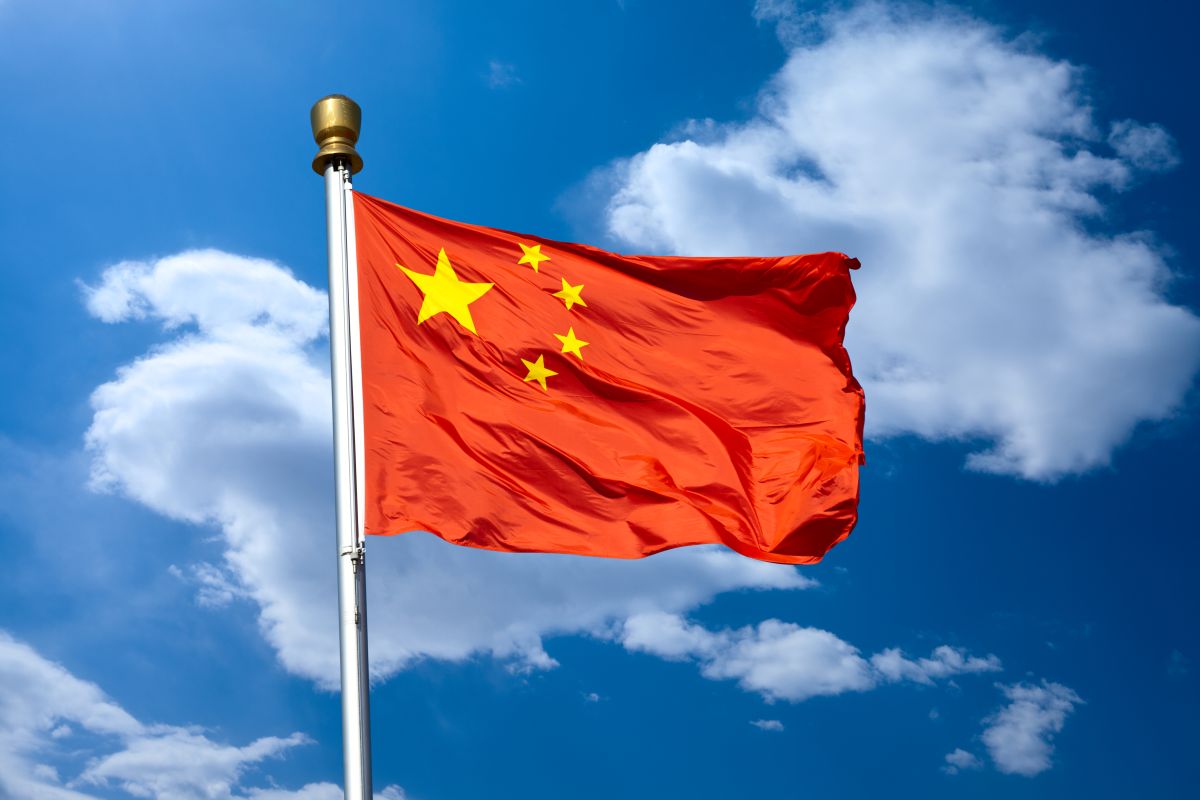Putin plays with f ire in his new doctrine
Of late Vladimir Putin has shifted Russia’s nuclear doctrine to a more directly and openly retaliatory posture in response to any attack by Ukraine or any NATO country using longer-range US missiles.
Rare earths, a group of 17 metals integral to the production of magnets in electric vehicles, wind turbines, and electronics, are at the epicentre of a geopolitical battle.

Representational image (Photo: IStock)
In a pivotal move to safeguard its dominance in the rare earths market, China has banned export of technology crucial for extracting and separating these strategic metals. This decision not only reflects China’s determination to control key resources but also amplifies the growing tensions in the global race for resource independence. Rare earths, a group of 17 metals integral to the production of magnets in electric vehicles, wind turbines, and electronics, are at the epicentre of a geopolitical battle. China, as the leading processor of rare earths, holds a near-monop- oly on refining “heavy rare earths,” including dyspro- sium, vital for permanent magnet motors in electric vehicles. While Western nations are making strides to enhance their rare earth processing capabilities, China’s ban on exporting technology adds a layer of complexity to this already intricate landscape. The primary impact is expected to reverberate in heavy rare earths, where China separates an astounding 99.9 per cent of global output. Though the Western rare earth industry has sought to diminish dependence on China, technical complexities and environmental concerns have hindered progress. China’s mastery of the solvent extraction process gives it an efficiency and cost advantage that has proven challenging for other nations to replicate.
This strategic move by China is part of a broader trend of tightening rules on the export of critical min- erals. In recent months, China introduced export per- mits for gallium, germanium, and various types of graphite, intensifying the battle for control over resources crucial to high-tech industries. The aim, as stated in the “Catalogue of Technologies Prohibited and Restricted from Export,” is to protect national security and public interest. The ban amplifies con- cerns about global reliance on China for rare earths, a concern that has been escalating in recent years. Europe and the United States, in particular, are eager to reduce dependence on China, which currently accounts for nearly 90 per cent of global refined rare earth output.
However, the ban poses a significant challenge to these efforts, particularly in establishing independent processing capacities outside of China. While it remains unclear to what extent the rare earth tech- nology is currently being exported, the ban serves as a stark reminder of China’s control over a critical part of the global supply chain. The rare earth industry is at a crossroads, and the ban is likely to result in greater difficulty for Western nations to establish heavy rare earth separation capacities. Even with advancements in processing “light” rare earths like neodymium and praseodymium, the vulnerability to geopolitical sho- cks remains if heavy rare earths, such as dysprosium, continue to be sourced predominantly from China. The global race for resource independence has inten- sified, and how nations navigate these challenges will undoubtedly shape the future landscape of the rare earths industry.
Advertisement
Advertisement